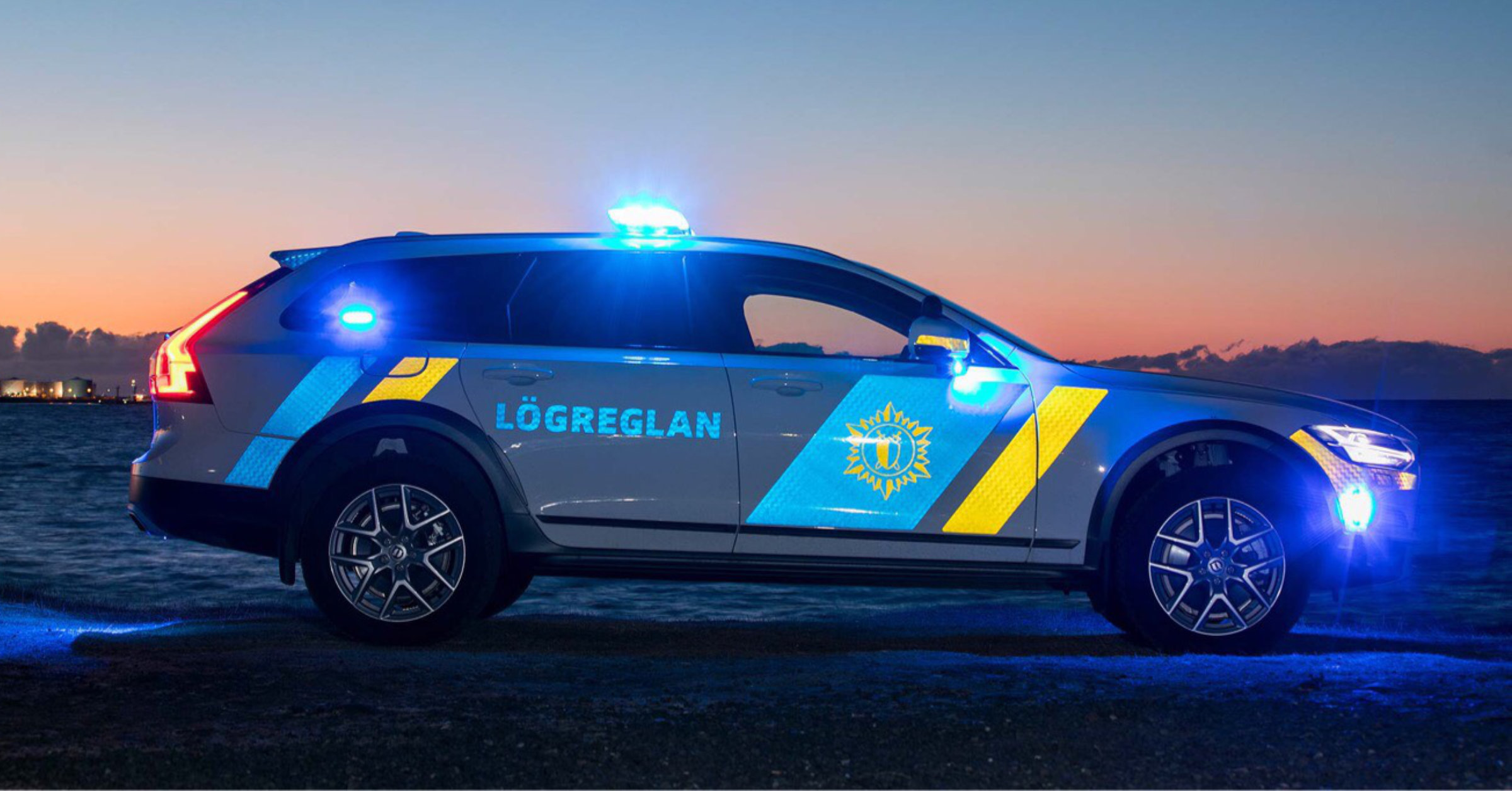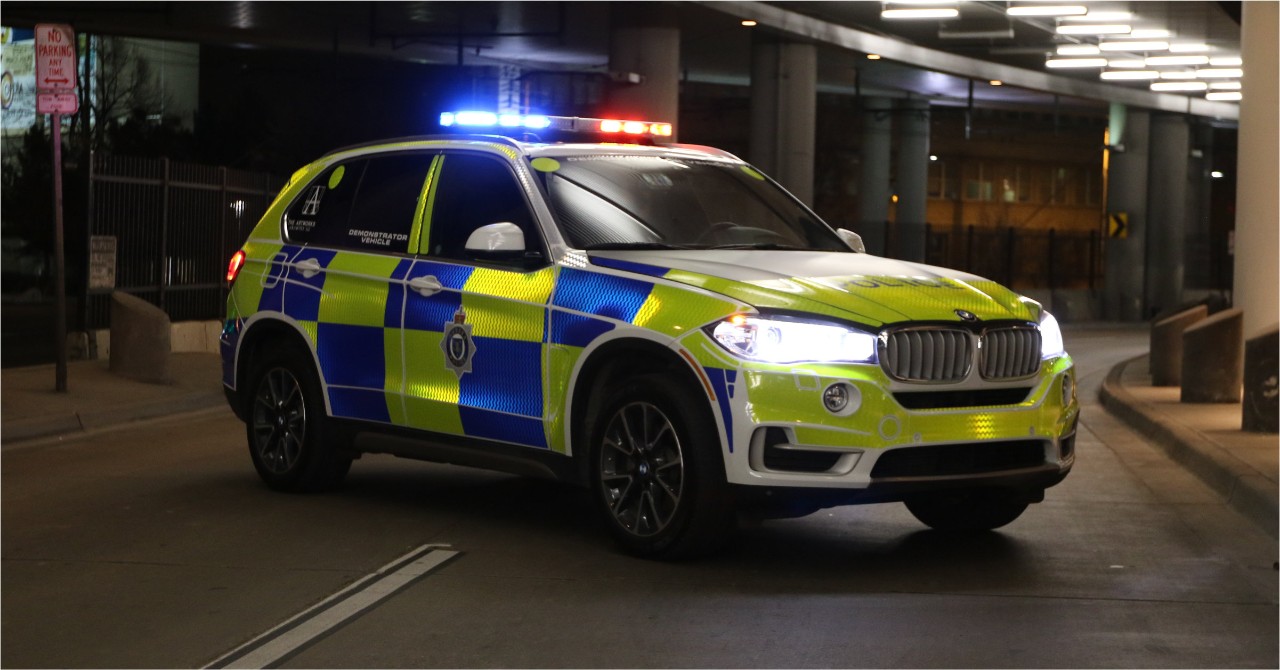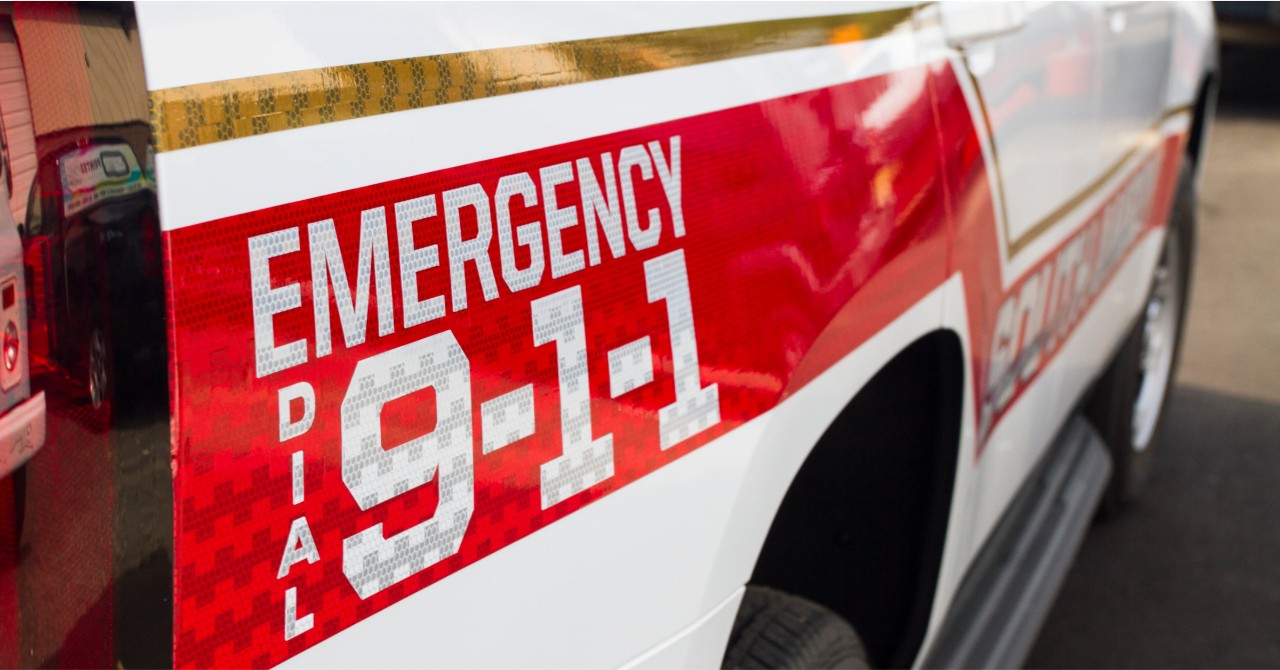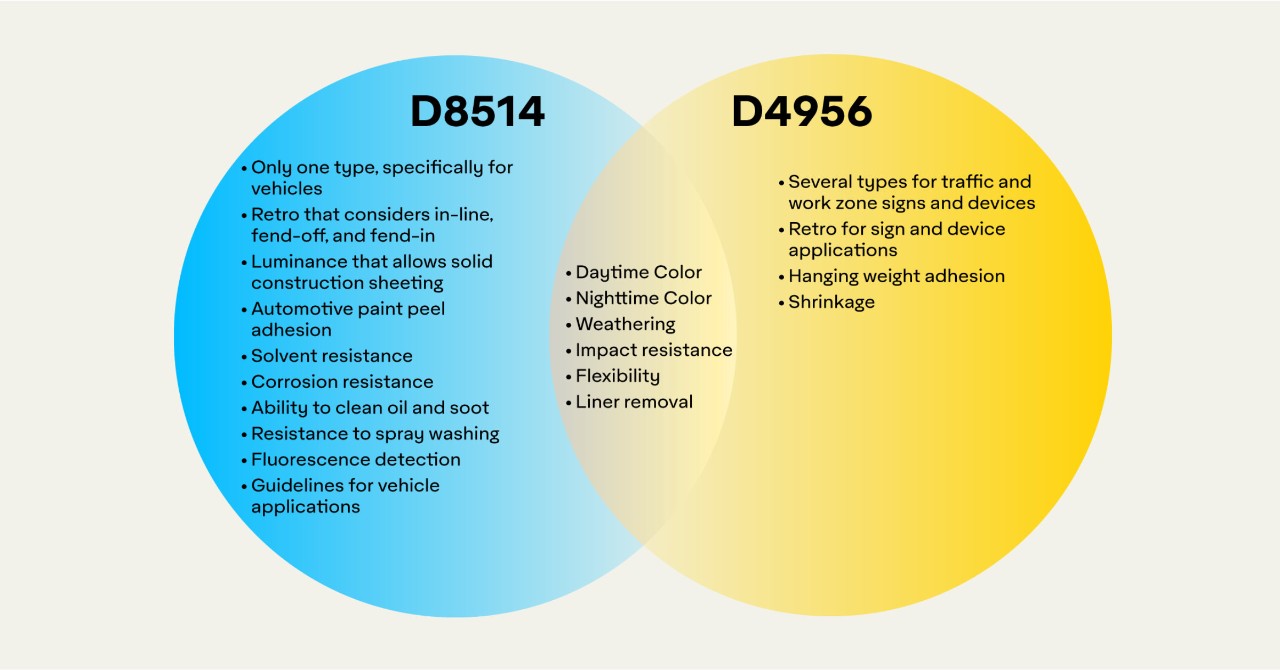Despite the popularity of the Battenburg spec, there is one drawback: it was developed for the UK, where drivers expect and look for the Battenburg pattern; this is not always the case around the world.
In the US, for example, police vehicles tend to have a much more subtle appearance, while other first responder and utility vehicles may use a chevron pattern. There are a few vehicle marking specifications, such as NFPA 1901, Standard for Automotive Fire Apparatus, written for fire trucks, or ANSI S279, Lighting and Marking of Agricultural Equipment on Highways, but these specifications tend to be old, and do not take advantage of the latest material science and optical advances in retroreflective sheeting, such as prismatic designs or fluorescent colors. There is also the fact that there are no good specifications for other service vehicles that make frequent stops, such as utility vehicles.
As such, many agencies turn to ASTM D4956, Standard Specification for Retroreflective Sheeting for Traffic Control. Though D4956 is regularly updated, it is a quality control specification for the sheeting used on traffic signs and work zone devices. It does not test for many qualities needed in vehicle tape, such as adhesion to automotive paint, the ability to wipe away oil and soot, resistance to pressure washing, and more.




